
Alexander Graham Bell was a Scottish-born Canadian-American inventor, scientist and engineer who is credited with patenting the first practical telephone. He also co-founded the American Telephone and Telegraph Company (AT&T) in 1885.
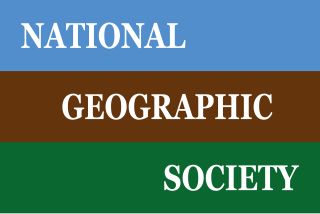
The National Geographic Society (NGS), headquartered in Washington, D.C., United States, is one of the largest nonprofit scientific and educational organizations in the world.

The photophone is a telecommunications device that allows transmission of speech on a beam of light. It was invented jointly by Alexander Graham Bell and his assistant Charles Sumner Tainter on February 19, 1880, at Bell's laboratory at 1325 L Street in Washington, D.C. Both were later to become full associates in the Volta Laboratory Association, created and financed by Bell.
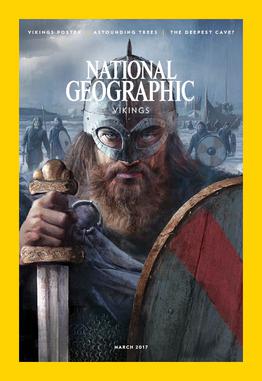
National Geographic is an American monthly magazine published by National Geographic Partners. The magazine was founded in 1888 as a scholarly journal, nine months after the establishment of the society, but is now a popular magazine. In 1905, it began including pictures, a style for which it became well-known. Its first color photos appeared in the 1910s. During the Cold War, the magazine committed itself to present a balanced view of the physical and human geography of countries beyond the Iron Curtain. Later, the magazine became outspoken on environmental issues.

Gilbert Hovey Grosvenor, was the first full-time editor of the National Geographic magazine (1899–1954). Grosvenor is credited with having consolidated the nascent magazine.
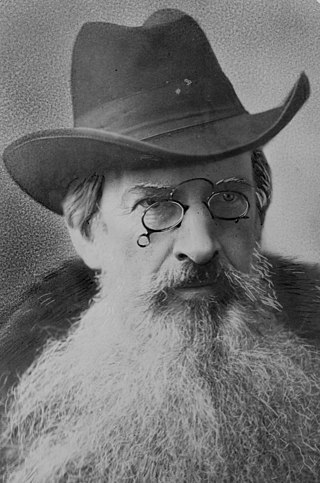
Gardiner Greene Hubbard was an American lawyer, financier, and community leader. He was a founder and first president of the National Geographic Society; a founder and the first president of the Bell Telephone Company which later evolved into AT&T, at times the world's largest telephone company; a founder of the journal Science; and an advocate of oral speech education for the deaf.
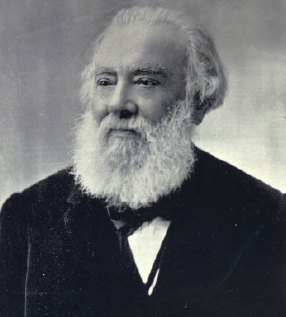
Alexander Melville Bell was a teacher and researcher of physiological phonetics and was the author of numerous works on orthoepy and elocution.

American Heritage is a magazine dedicated to covering the history of the United States for a mainstream readership. Until 2007, the magazine was published by Forbes. Since that time, Edwin S. Grosvenor has been its editor and publisher. Print publication was suspended early in 2013, but the magazine relaunched in digital format with the Summer 2017 issue after a Kickstarter campaign raised $31,203 from 587 backers. The 70th Anniversary issue of the magazine on the subject "What Makes America Great?" includes essays by such historians as Fergus Bordewich, Douglas Brinkley, Joseph Ellis, and David S. Reynolds.

Lion Gardiner (1599–1663) was an English engineer and colonist who founded the first English settlement in New York, acquiring land on eastern Long Island. He had been working in the Netherlands and was hired to construct fortifications on the Connecticut River, for the Connecticut Colony. His legacy includes Gardiners Island, which is held by his descendants.
Melville Bell Grosvenor was the president of the National Geographic Society and editor of The National Geographic Magazine from 1957 to 1967. He was the grandson of telephone inventor Alexander Graham Bell.

Gilbert Melville Grosvenor is the former president and chairman of the National Geographic Society, who previously served as the editor of National Geographic magazine. Now largely retired, Grosvenor and his wife Wiley live in Virginia.

Mabel Gardiner Hubbard Bell was an American businesswoman, and the daughter of Boston lawyer Gardiner Green Hubbard. She was the wife of Alexander Graham Bell, inventor of the first practical telephone.

Alexander Graham Bell honors and tributes include honors bestowed upon him and awards named for him.
Thelma Somerville Cudlipp was an American artist and book illustrator.

Pioneers, a Volunteer Network, founded and more commonly known as the Telephone Pioneers of America, is a non-profit charitable organization based in Denver, Colorado in the United States. The association was organized in Boston in November 1911 by 246 pioneers active in the early days of telephony, including Alexander Graham Bell who received membership card No. 1. The first elected president was Theodore N. Vail, president of the American Telephone and Telegraph Company (AT&T).
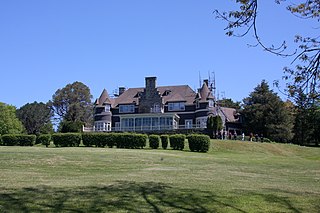
Beinn Bhreagh is the name of the former estate of Alexander Graham Bell, in Victoria County, Nova Scotia, Canada. It refers to a peninsula jutting into Cape Breton Island's scenic Bras d'Or Lake approximately three kilometres southeast of the village of Baddeck, forming the southeastern shore of Baddeck Bay.
Grosvenor is a surname derived from Hugh Le Grand Veneur, a member of a Norman French family that aided William the Conqueror in 1066. Le grand veneur, literally means "the master huntsman" in French, is an elevated title in William's 11th-century French court. Initially, Hugh was called Hugh Lupus. Lupus was overweight, and his townsmen gradually changed the appellation from le grand veneur to le gros veneur, and Hugh wore the epithet with pride.

Edwin Augustus Grosvenor was a historian, author, chairman of the history department at Amherst College, and president of the national organization of Phi Beta Kappa societies from 1907 to 1919. Grosvenor was called "one of the most cosmopolitan of Americans" by author and abolitionist Thomas Wentworth Higginson. His son, Gilbert Hovey Grosvenor, was the first employee and longtime editor of National Geographic Magazine.
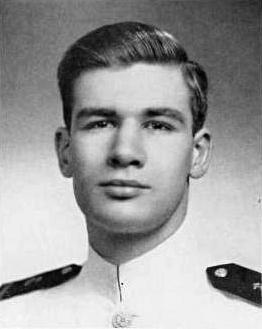
Alexander Graham Bell Grosvenor was a United States Navy pilot, carrier officer, and avid yachtsman credited with promoting the resurgence of sailing at the United States Naval Academy. He was a great-grandson of the inventor, Alexander Graham Bell, and brother of Gilbert M. Grosvenor, former Chairman of the National Geographic Society.















